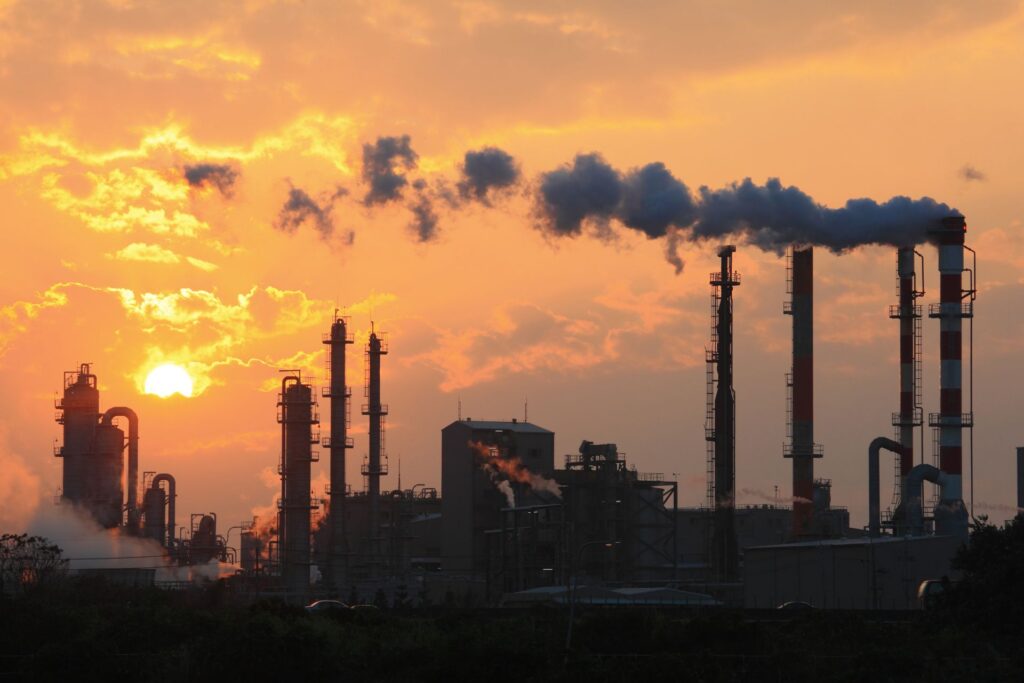EU Tightens Grip on Industrial Pollution with New Emission Rules

|
Listen to this story:
|
- Strictest achievable emissions levels will become mandatory for covered sectors
- Environmental obligations to apply to mines and battery factories for the first time
- Review by Commission in 2026 for need to include cattle farms
- Non-complying companies can face penalties of at least 3% of the operator’s annual EU turnover
- Rules set to bring significant health and environmental benefits for citizens
The new rules will reduce air, water and soil pollution, and steer large agro-industrial installations in the green transition.
Late on Tuesday night, negotiators from the Parliament and Council reached a provisional political agreement on the revision of the industrial emission directive (IED) and the directive on the landfill of waste and the new regulation on the Industrial Emissions Portal. The aim is to further combat air, water and soil pollution from large agro-industrial installations, which can also lead to health problems such as asthma, bronchitis and cancer.
Industrial installations
The new rules will make it mandatory to set the strictest achievable emissions levels and push industrial plants to focus more on energy, water and material efficiency and reuse, in addition to fostering the use of safer, less toxic or non-toxic chemicals in industrial processes, through emission or environmental performance targets. To combat water scarcity, environmental performance targets will become obligatory for water consumption. For waste, resource efficiency, energy efficiency and raw material use such targets will be within a range and for new techniques, targets will be indicative.
Co-legislators agreed to extend the IED also to cover extractive industry installations (mines) and large installations manufacturing batteries.
Livestock farms
Co-legislators agree to extend IED measures to pig farms with more than 350 livestock units (LSU). Farms raising pigs in an extensive or organic manner, and outside for a significant amount of time in a year, are excluded. For poultry, it would apply to farms with laying hens with more than 300 LSU and for farms with broilers with more than 280 LSU. For farms rearing both pigs and poultry, the limit will be 380 LSU.
The Commission originally proposed a threshold of 150 LSU for all livestock, including for cattle. Co-legislators agreed to task the Commission to review, by 31 December 2026, the need for EU action to address the emissions from the rearing of livestock, including from cattle, as well as a reciprocity clause to ensure producers outside the EU meet requirements similar to EU rules when exporting to the EU.
Public participation, penalties and sanctions
Negotiators also agreed to increase transparency and public participation in relation to the licensing, operation and control of regulated installations. The European Pollutant Release and Transfer Register will be transformed into an EU Industrial Emissions Portal where citizens can access data on all EU permits and local polluting activities. In addition, systems for e-permitting should be in place at the latest by 2035.
Related Article: Deloitte, IBM Partner To Help Clients Accelerate Emissions Reductions Strategies
Non-complying companies can face penalties of at least 3% of the operator’s annual EU turnover for the most serious infringements and member states shall give citizens affected by non-compliance the right to claim compensation for damages to their health.










